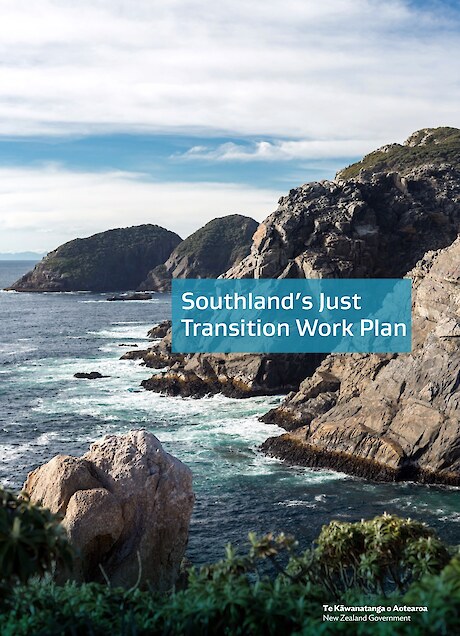Just Transition Work Plan for Southland released
A new plan outlining how the Government plans to boost the Southland economy as the Tiwai smelter closure looms has been unveiled.
On Wednesday, Minister of Energy and Resources and Minister of Research, Science and Innovation Megan Woods released the Southland Just Transition Work Plan (PDF, 2.42 MB), detailing three themes to focus on – creating new industries and employment, transitioning workers and skills, and long-term planning. Read the release letter by Hon Dr Megan Woods here (PDF, 144.89 kB).
“The Southland Just Transition Work Plan is a big step towards certainty for Southland’s economic future, it gives clarity on the direction of travel, incorporates the strengths of the region, and is about putting Southlanders back in the driving seat,” Woods said.
About 18 months ago, Rio Tinto announced it would wind up operations at the New Zealand Aluminium Smelter at Tiwai Point.
The closure represented an exciting opportunity to shape the jobs and future of Southland, Woods said.
Despite the closure date being pushed to 2024, a transition was an important opportunity to build a fairer, more sustainable and resilient local economy, she said.
The first part of the plan was the aim of creating new industries and employment through clean energy, land use and aquaculture.
Those sectors had been identified as holding the greatest potential to diversify the region’s economy while providing good new jobs.
The second was supporting workers and businesses to take advantage of new opportunities and build Southland’s economic, social and environment resilience.
Lastly, the plan aimed to achieve good planning to build resilience up to and through the planned closure of the smelter.
Woods believed developing new industries, creating new jobs, improving the community’s ability to manage economic shocks, setting Southland up for the future would give Southlanders options that were not dependent on one large employer.
“The partnership we see here today is the result of many months of work by Iwi, regional leaders, and the local community, and shows how a region can work together, understand its unique needs, and partner with government to put together an ambitious plan.
“I look forward to the next step of the journey when all of the work streams that are part of the plan provide their reports on the next stage of delivery,” Woods said.
Article republished from Stuff.
Posted: 2 February 2022
